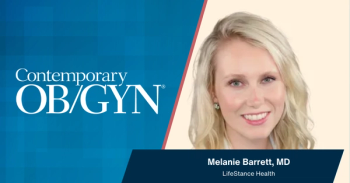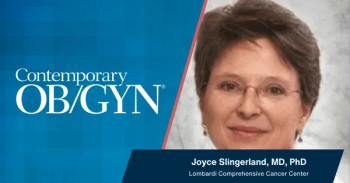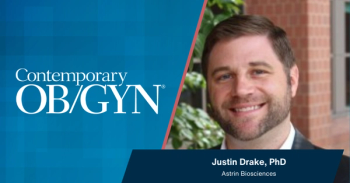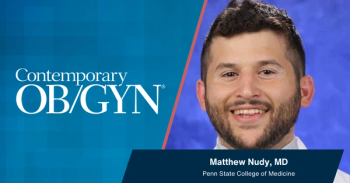
Physician-astronaut encourages innovation
The Jordan M Phillips keynote address that kicked off the AAGL 45th global congress shared the message that everyone in healthcare must innovate.
“All of us fortunate enough to be in healthcare have both an opportunity and an obligation to innovate.” This was the message of “Innovation in the Extreme,” the Jordan M Phillips keynote address that kicked off the AAGL 45th global congress Tuesday in Orlando, Florida. The talk was given by a doctor-astronaut who has combined a fascination with extreme environments with a talent for innovation.
Scott Parazynski, MD, delivering the Jordan M Phillips keynote addressScott Parazynski, MD, a graduate of Stanford Medical School, joined NASA’s astronaut corps in 1992 and eventually flew 5 Space Shuttle missions and conducted 7 spacewalks (called extravehicular activity, or EVAs). He has spent more than 8 weeks in space, with more than 47 hours on spacewalks. In an effort to standardize training for EVAs (a large part of which takes place underwater) he developed a skills training program to define and teach the gold standard of space walking. Although his training is in emergency medicine and trauma, Dr Parazynski likened some of his work in space to surgery, especially the tricky repair of a solar panel array on the International Space Station, a delicate 7-hour procedure that used cables similar to large “cuff-link” sutures.
Here on Earth, in 2009 Dr Parazynski became the first astronaut to reach the summit of Mt Everest and more recently braved the extreme heat of a volcano in order to place sensors in it to detect early warning signals of a coming eruption. He has also worked remotely with physicians on site in Antarctica.
He pointed out that “many elements that we take for granted in medicine have their pedigree in the space program” and that telemedicine is essential for life in remote and harsh environments both here and in space. He predicted that we will one day become a multi-planet species and the ability to bring care to wherever it may be needed will be vital. As we innovate in order to bring help to those who need it, we must learn from failures as well as successes, he said. Citing the tragic loss of life described in Jon Krakauer’s book Into Thin Air, Dr Parazynski pointed out that climbers have to plan for coming down from the summit after they have reached their goal of reaching Mt Everest’s peak.
Newsletter
Get the latest clinical updates, case studies, and expert commentary in obstetric and gynecologic care. Sign up now to stay informed.











